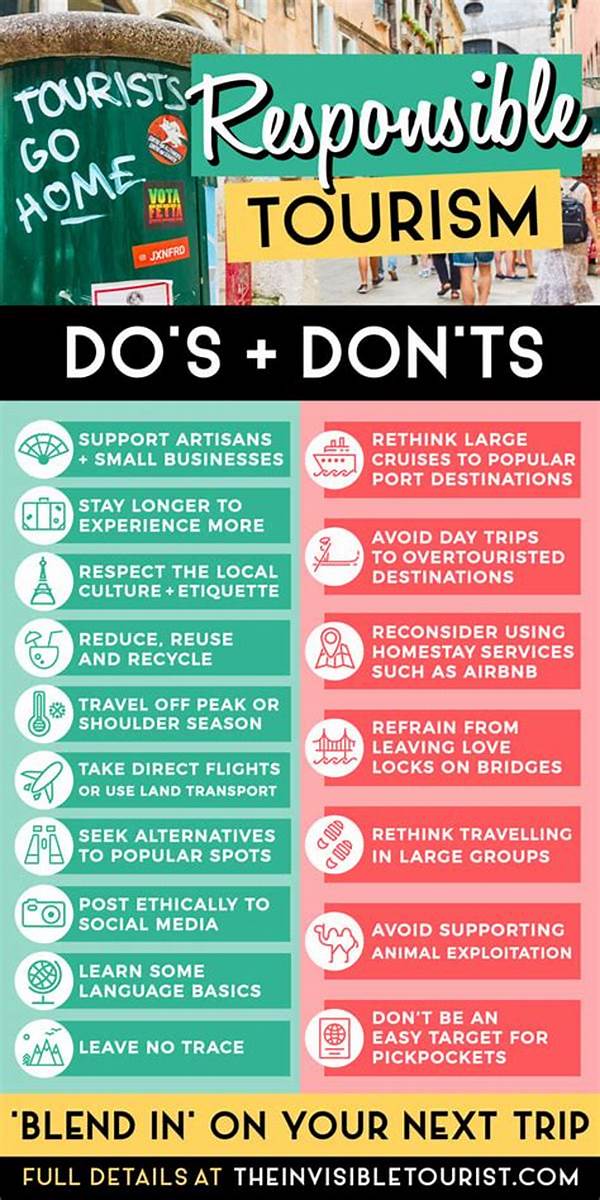- Simple Tips for Becoming a Responsible Tourist
- Discussion on How to Be a Responsible Tourist in Nature Reserves
- The Importance of Responsible Tourism
- Embracing Sustainable Practices
- Awareness and Education: The Path Forward
- Key Points on How to Be a Responsible Tourist in Nature Reserves
- Fostering a Sustainable Tourism Future
- Illustrations on Being a Responsible Tourist in Nature Reserves
How to Be a Responsible Tourist in Nature Reserves
Read More : Latest Ticket Prices For Natural Tourist Destinations
Visiting nature reserves offers a unique opportunity to explore the wild beauty and biodiversity that our planet has to offer. These protected areas provide a sanctuary for wildlife and a serene escape for humans. However, with the privilege of experiencing these pristine landscapes comes the responsibility to ensure that our presence does not disturb the delicate ecosystems that thrive there. Many tourists, driven by excitement and curiosity, may overlook the impact that their actions could have on the environment. This article aims to equip you with the knowledge and awareness needed to become a responsible tourist in nature reserves, ensuring that future generations can continue to enjoy these natural wonders.
It may seem like an enticing idea to take souvenirs from the wild—a shell, a stone, or even a small plant. But did you know that removing such items can disrupt natural processes? Many reserves have regulations prohibiting the removal of natural materials because they serve as habitats or nutrient sources for other organisms. Similarly, getting too close to animals for that perfect selfie can stress them out, alter their natural behavior, and sometimes lead to dangerous encounters. Being a responsible tourist is about understanding our role as guests in these natural settings and taking steps to minimize our impact.
While on the surface, the responsibility might seem daunting, the truth is it just takes a bit of mindfulness and willingness to learn and adapt. By selecting eco-friendly tours, respecting the rules, and educating others, you can contribute to the conservation efforts that help maintain the pristine conditions of these reserves. Let’s explore in more detail how to be a responsible tourist in nature reserves, and how simple actions can leave a lasting positive impact on these valuable natural enclaves.
Simple Tips for Becoming a Responsible Tourist
Being a conscientious visitor starts before you even set foot in the park. Educate yourself about the area you’re visiting. Many reserves have guidelines on their websites detailing what is expected of visitors. This might include staying on designated paths, carrying out all trash, and refraining from feeding the wildlife. Understanding and abiding by these rules is crucial in protecting these natural landscapes.
Your attitude matters too. Instill a sense of respect for the environment during your visit. This means observing from a distance, keeping noise levels down, and appreciating the natural surroundings. Remember, you’re entering a home to many species, not just a tourist destination.
Lastly, lead by example. Encourage fellow travelers to follow suit. Share your experiences on platforms with the message of responsibly visiting nature reserves. By raising awareness, you’re advocating for both conservation efforts and the responsible tourism ethic the world so desperately needs.
Discussion on How to Be a Responsible Tourist in Nature Reserves
In today’s fast-paced world, nature reserves serve as essential sanctuaries for both wildlife and humans, providing a space where biodiversity can flourish and people can reconnect with the natural environment. However, the increased popularity of such locations has led to challenges in managing the ecological impact of tourism. As this trend continues, understanding how to be a responsible tourist in nature reserves has never been more crucial.
The Importance of Responsible Tourism
First and foremost, responsible tourism emphasizes the significance of maintaining the integrity of nature reserves. Rather than simply prohibiting certain activities, it’s about fostering awareness and understanding of why these activities can be harmful. For instance, straying off marked paths might seem harmless on the surface, but it can lead to soil erosion and disrupt animal habitats. In many cases, nature reserves have breeding programs and conservation projects that rely on minimal human interference. By being informed and diligent, tourists can support these initiatives rather than unintentionally hindering them.
Embracing Sustainable Practices
The heart of being a responsible tourist is embracing sustainable practices. This goes beyond just adhering to the visible rules. It involves choosing tour companies that prioritize environmental conservation and showing respect to local cultures and communities. Many reserves often work closely with local communities, providing them with employment opportunities and support for local economies. Tourists who choose local guides and buy from local businesses contribute positively. By opting for eco-friendly accommodations and sustainable travel options, you further eliminate your carbon footprint, enjoying a more authentic and guilt-free experience.
Read More : Latest Entrance Fees For Curug Cilember
Promoting awareness through storytelling and creative advocacy can effectively engage wider audiences. Whether through a blog post recounting your journey or an influencer campaign, sharing experiences and truths about responsible tourism invites others into the conversation. Personal anecdotes coupled with eye-catching visuals can make the topic relatable, showcasing how anyone can participate in conservation efforts just by making conscious choices during their travels.
Awareness and Education: The Path Forward
To foster a future of responsible tourism, education plays a crucial role. Workshops, guided educational tours, and interactive exhibits educate tourists before they go on their adventures. Providing resources to tourists on how to be a responsible tourist in nature reserves equips them with actionable tips. For example, recognizing specific flora and fauna, understanding the ecological significance of leaving no trace, or knowing how to respond to close wildlife encounters are invaluable lessons that enhance the visitor experience while protecting the environment.
In conclusion, the concept of being a responsible tourist in nature reserves is more about collective well-being than individual satisfaction. By adopting a responsible attitude, we not only protect our environment but also inspire others to do the same. Understanding our interconnectedness with nature fosters respect and stewardship that can significantly impact conservation efforts long-term.
Key Points on How to Be a Responsible Tourist in Nature Reserves
Fostering a Sustainable Tourism Future
Creating a lasting impact doesn’t stop at individual actions. Tourists are part of a larger movement toward responsible and sustainable travel. By promoting these habits, we ensure that tourism’s footprint aid rather than hinders conservation efforts. Through collaborative actions and forward-thinking strategies, reaching a sustainable tourism model aligns with the greater necessity of protecting our world’s natural wonders.
How to be a responsible tourist in nature reserves is not merely a solitary effort; it is a collective responsibility. Through social platforms and interactive technologies, tourists can share their stories and experiences, encouraging a global dialogue on responsible travel. Future generations depend on current actions to maintain thriving ecosystems and diverse wildlife. As protectors of these natural gems, let each journey contribute positively to the delicate tapestry of the earth’s reserves.
Illustrations on Being a Responsible Tourist in Nature Reserves
Stepping into a nature reserve is like stepping into a lush tapestry of life—each element intricately interconnected to create something beautiful. It’s a concert orchestrated by nature herself, where every individual plays a role, including tourists. By considering how to be a responsible tourist in nature reserves, your impact while visiting these wild havens can transform from potentially detrimental to beneficial.
The thrill of witnessing a lion on a safari, or the serene beauty of untouched forests can be awe-inspiring, anchoring a deeper appreciation for the world around us. Yet, amidst the excitement, lies a simple truth—every footprint matters. Guided walks, community-supported tours, and eco-friendly stays don’t just make for good photos but ensure the continuous thrumming pulse of vibrant ecosystems.


